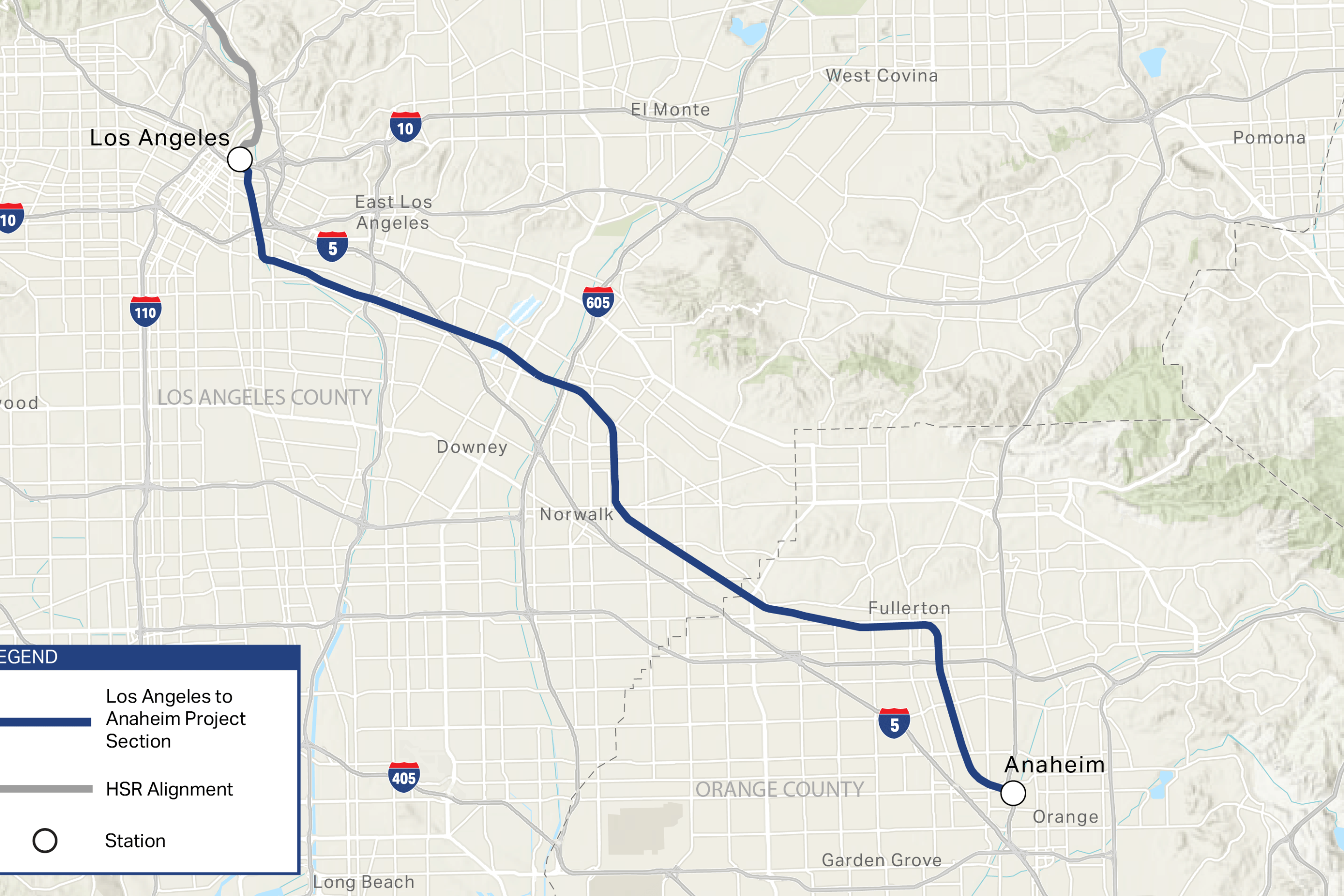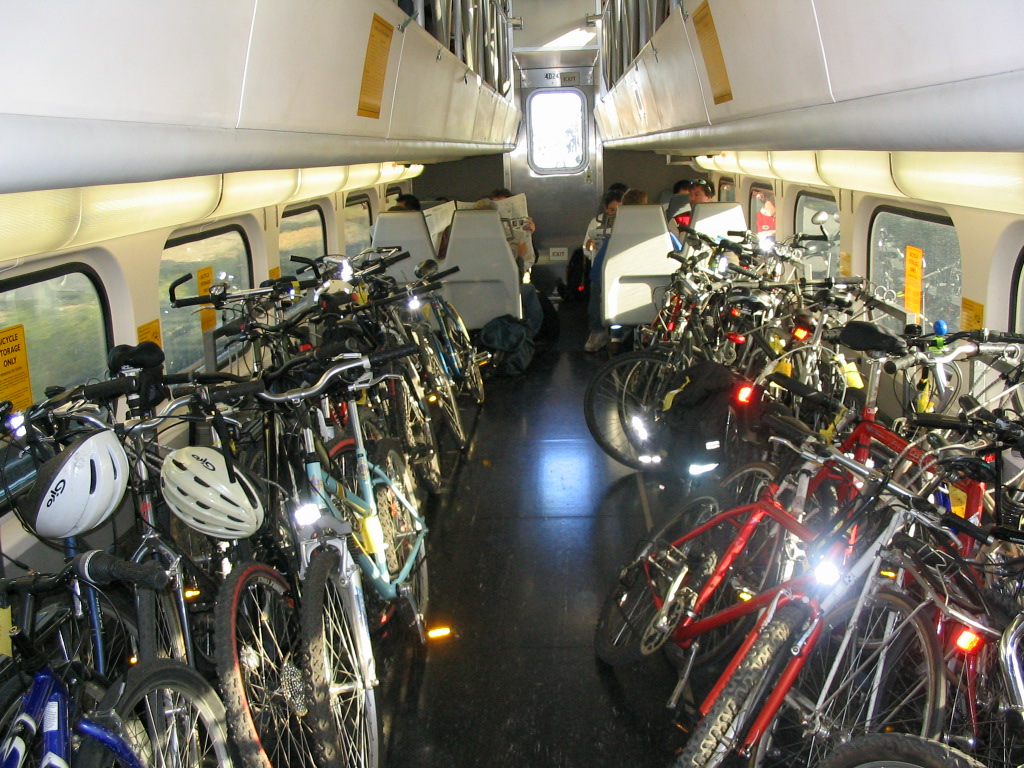Last Thurday, the Metro Board of Directors approved a 14-month Exclusive Negotiation Agreement (ENA) with developer WIP-A, LLC, (a subsidiary of Watt Companies), allowing the project planned for the Metro- and County-owned lots at the Expo/Crenshaw station to take the next step forward.
The move is a bit more of a head-scratcher than it might appear at first glance.
Just two days earlier, the County Board of Supervisors granted Watt the standard 18-month ENA (with a 30-month extension) for the same project - four extra months to further develop the plans while continuing to engage with the community and relevant partners, negotiate new partnerships if necessary, work out the terms of a Joint Development Agreement, work out ground leases with Metro and the County, find financing for the affordable units, hammer out a community benefits agreement, and pull together the appropriate construction documents.
It was also six more months than the twelve-month ENA Metro Board Director Jacquelyn Dupont-Walker had proposed in her original amendment to the board's recommendation of a standard 18-month ENA, with the option for a 30-month extension. [Director James Butts countered Dupont-Walker's amendment by proposing a sixteen-month ENA. They settled for fourteen.]
It is unclear what the discrepancy between the two ENA periods will mean or how Metro and the County will reconcile it.
It is also not clear what was behind the boardmember's desire to see the project pushed through on an accelerated timeline. Especially because her brief testimony suggested that she felt the developer had a great deal more work to do with regard to pulling together a community-serving project in a community-uplifting way as well as creating a signature project marking the gateway to a historic community. [Find her testimony here, starting around the 3:10 mark.]
Specifically, she asked that Metro continue its "progressive" and "visionary" approach to development by ensuring that the development process met, and where possible, exceeded the standards it demanded in contracting. Namely: that the process be inclusive, encourage diversity, and offer authentic opportunities for minority and disadvantaged stakeholders to participate.
The emphasis on the process and the need to see the process as a source of pride were consistent with concerns she raised last year regarding how outreach would be conducted and how Watt would ensure that legacy businesses and existing residents would be the ones to benefit from the project. It also seemed to be rooted in her declaration that, while Watt Companies' proposed project had adequately responded to the original call for proposals, it was clear to her and the larger community that the project also fell rather short of their expectations.
Readers will recall that this was true on a number of fronts back in November.
The original renderings for the site were almost completely devoid of black people and in no way indicated that the project marked a gateway to a historic black business corridor and community.
Only the required minimum (fifteen percent) of the proposed 492 residences were designated as affordable housing - unusual, considering fears of gentrification and the fact that, with the median income in the area being approximately $36,347, setting affordability levels at 50 percent AMI would make the units inaccessible to a significant proportion of the area's population. [In contrast, the numerous joint-development projects along the Gold Line in Boyle Heights are all 100 percent affordable and include a range of affordability levels.]
And prior to being granted a six-month interim ENA in February of this year, Watt had not yet established robust relationships with community partners - something Metro emphasizes as part of its Transit-Oriented Communities approach to development. To comply with that approach, Watt agreed to work with the West Angeles Community Development Corporation (which had also submitted a proposal to Metro but lost the bid), but it wasn't clear at the time how much power WACDC would have. Since then, Watt and WACDC have signed a formal Letter of Intent outlining WACDC's role as co-owner and co-developer of the project, which seems to consist of WACDC assisting with the leasing process, helping Watt identify opportunities for local job seekers and contractors in the construction and operation of the project, and delivering services to tenants (once they are moved in).
Over the last six months, outreach conducted in the community yielded a number of suggestions regarding the programming of the space and the form and content of the project. Chief among them was a call for 100 percent affordable housing.
How those suggestions will manifest in the final product remains somewhat ambiguous, however.
A "revised scenario is being birthed," Dupont-Walker declared during her remarks, but neither she nor Watt offered any further details.
Instead, she said that the extent to which the final project matched the original plans was "open to interpretation" and suggested that there may need to be changes to the partnerships Watt was building in order to access public resources that were not part of the original scenario.
All of which, again, makes it somewhat strange that the time within which Watt would be expected to make these adjustments was going to be curtailed, not extended.
Especially because the changes to the project seem rather significant.
While no new renderings were offered, according to Metro's presentation (above), instead of nearly 500 units of housing, the project is promising a minimum of 400. An additional five to ten percent of affordable units targeting a range of affordability levels represents some progress, but will also apparently require Watt to seek out a funding source, something it had originally eschewed. [The project's non-reliance on grants or tax credits was one of the things Metro said had made the proposal attractive, given the uncertainty the Trump administration has injected into the funding environment.]
The potential loss of nearly 100 units of housing at a site where two rail lines will converge, however, is quite a trade-off. So is the potential loss of 7,500 square feet in retail and commercial space in a community that has long clamored for fresh food options and sit-down restaurants. The board report notes the developer's intent is to provide a grocery store and identify locally-owned and -operated restaurants as potential tenants, but the reduced space may make that more of a challenge.
New to the project was the decision to set aside $50,000 for the development of a first mile/last mile plan improving pedestrian and cyclist connectivity to the station. And the option was left open to include an additional station entryway on the County property to facilitate efficient connections between the Crenshaw/LAX and Expo lines.
There was little else in the way of discussion. The few community members on hand were all there in support of the project and to underscore the need for both community-serving housing and jobs for residents.
Watt representative Jennifer McElyea said during her brief remarks that Watt would continue to work on a community benefits agreement during the new ENA period.
With Dupont-Walker's amendment, the ENA could be extended for an unspecified period of time, should Watt need it. But to earn that extension, Watt would also have to provide clarity regarding any changes to partnership roles, contracting and vendor outreach, the balance between market-rate and affordable housing, the range of affordability for retail leasing, commercial retail selection criteria, a local hire policy for permanent positions, and other factors referenced in community meetings.
As she had done in November, Dupont-Walker spoke to the significant role that public investment played in communities' development trajectories. The terms Metro established now would set precedents for those projects yet to come, she reiterated. It was therefore all the more important that Metro keep "the elusive search to stem gentrification and neighborhood demographic shifts" at the forefront of both its decision-making and what it asked of developers.
Whether this project will eventually meet that high bar remains to be seen.
For the board report, presentation, and other documents, please see here. For our previous coverage, see a discussion of the renderings and original proposal or a deeper dive into the project and some of the debates around it from a Metro meeting last November.






